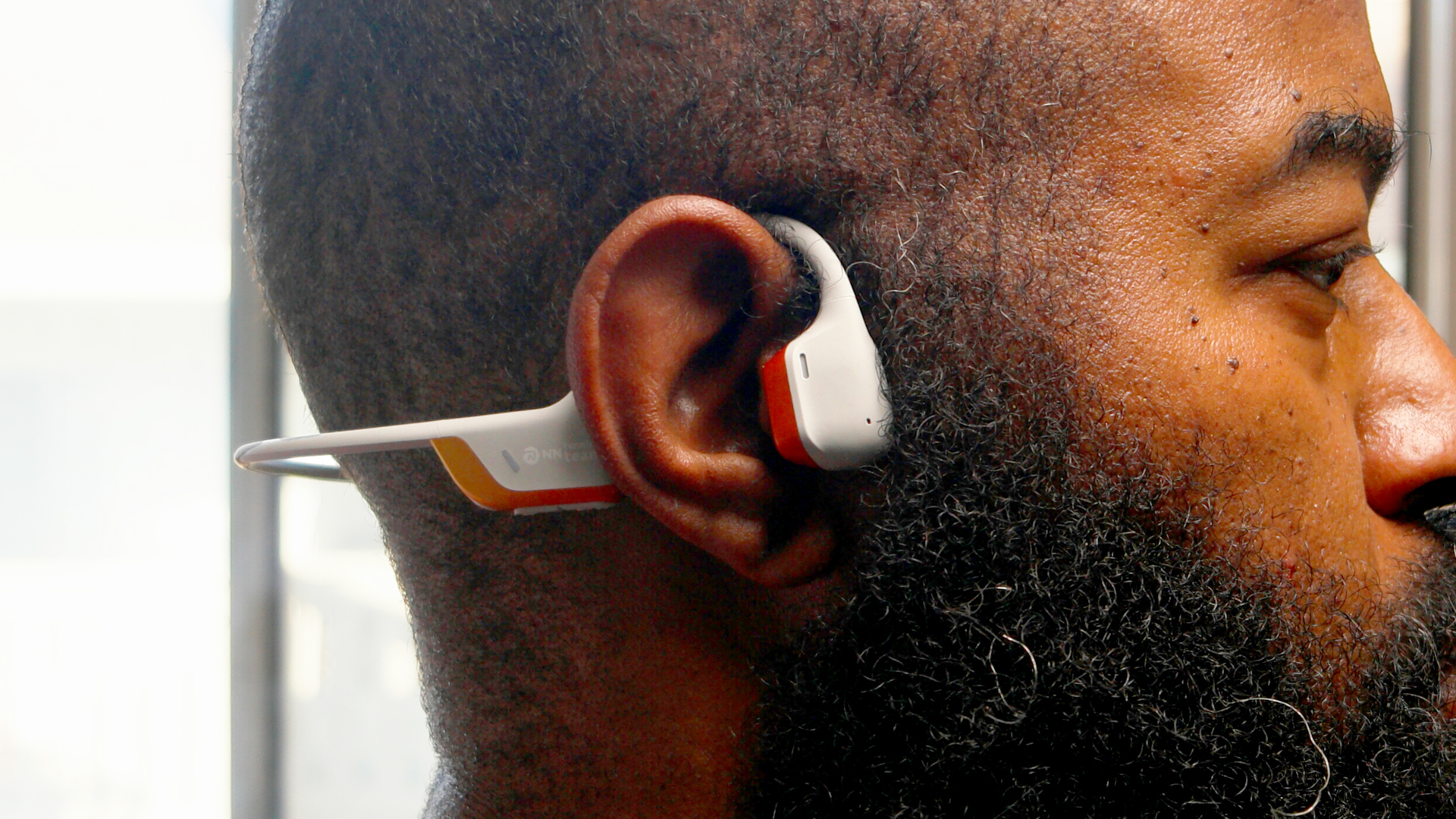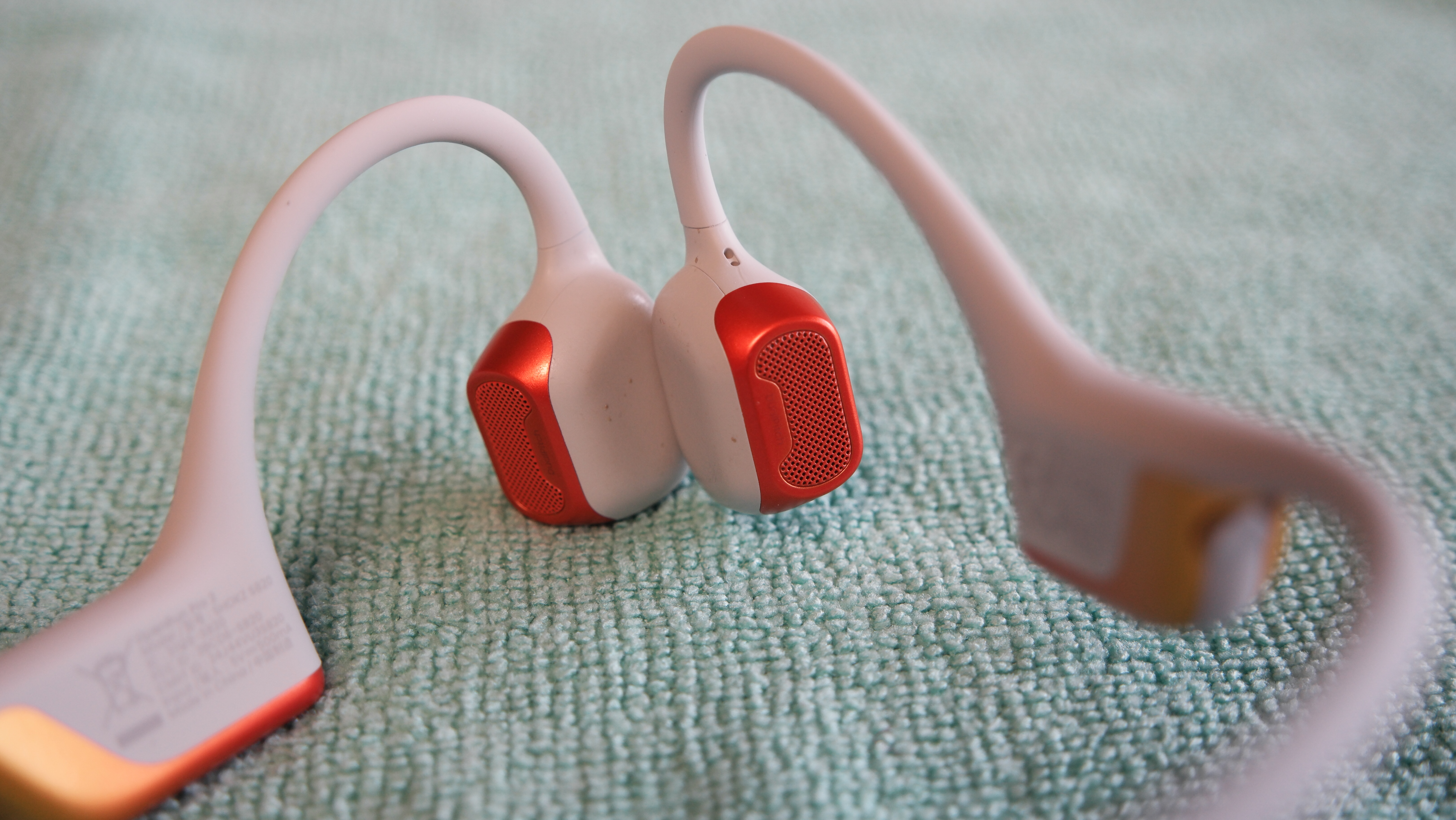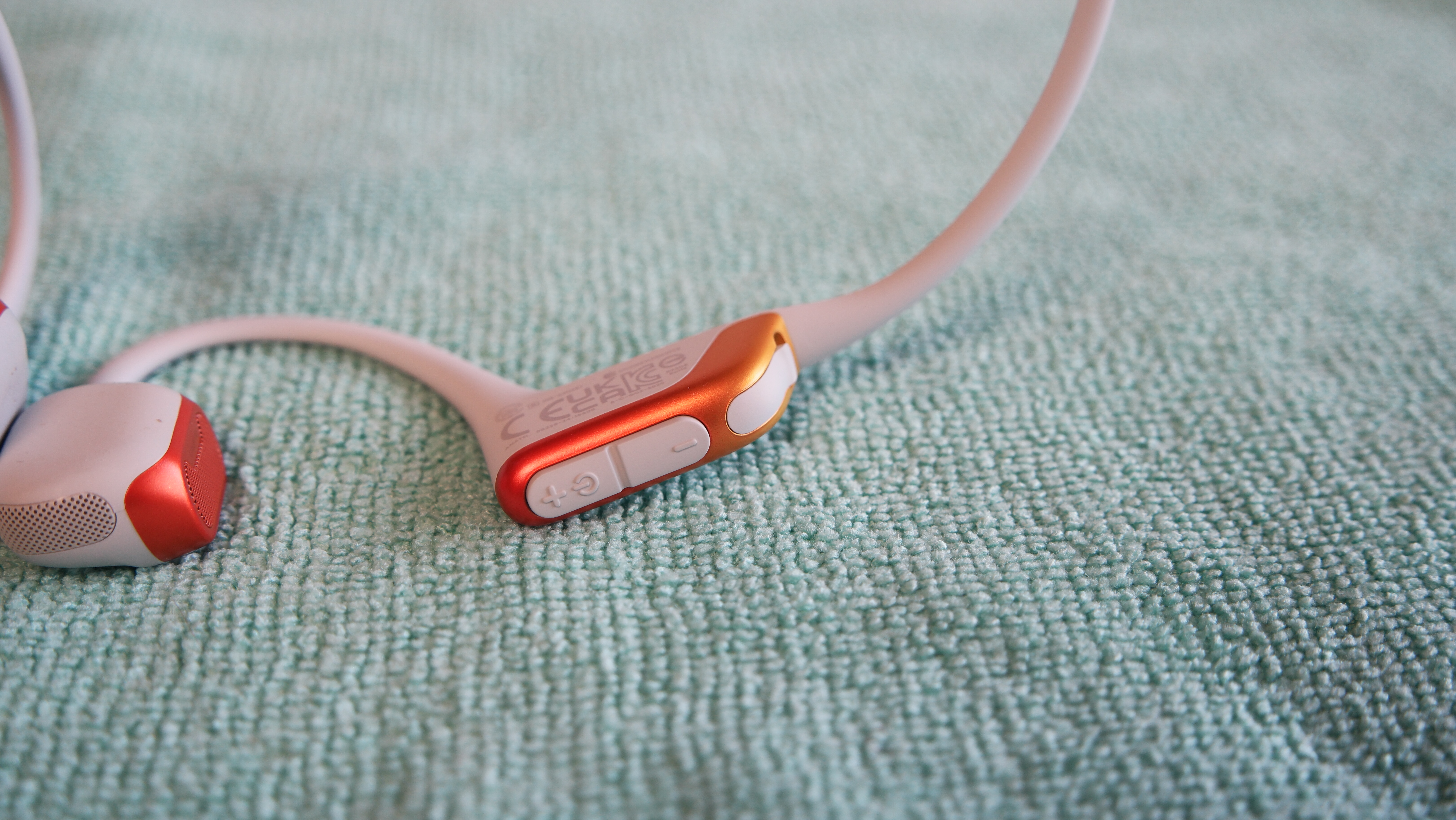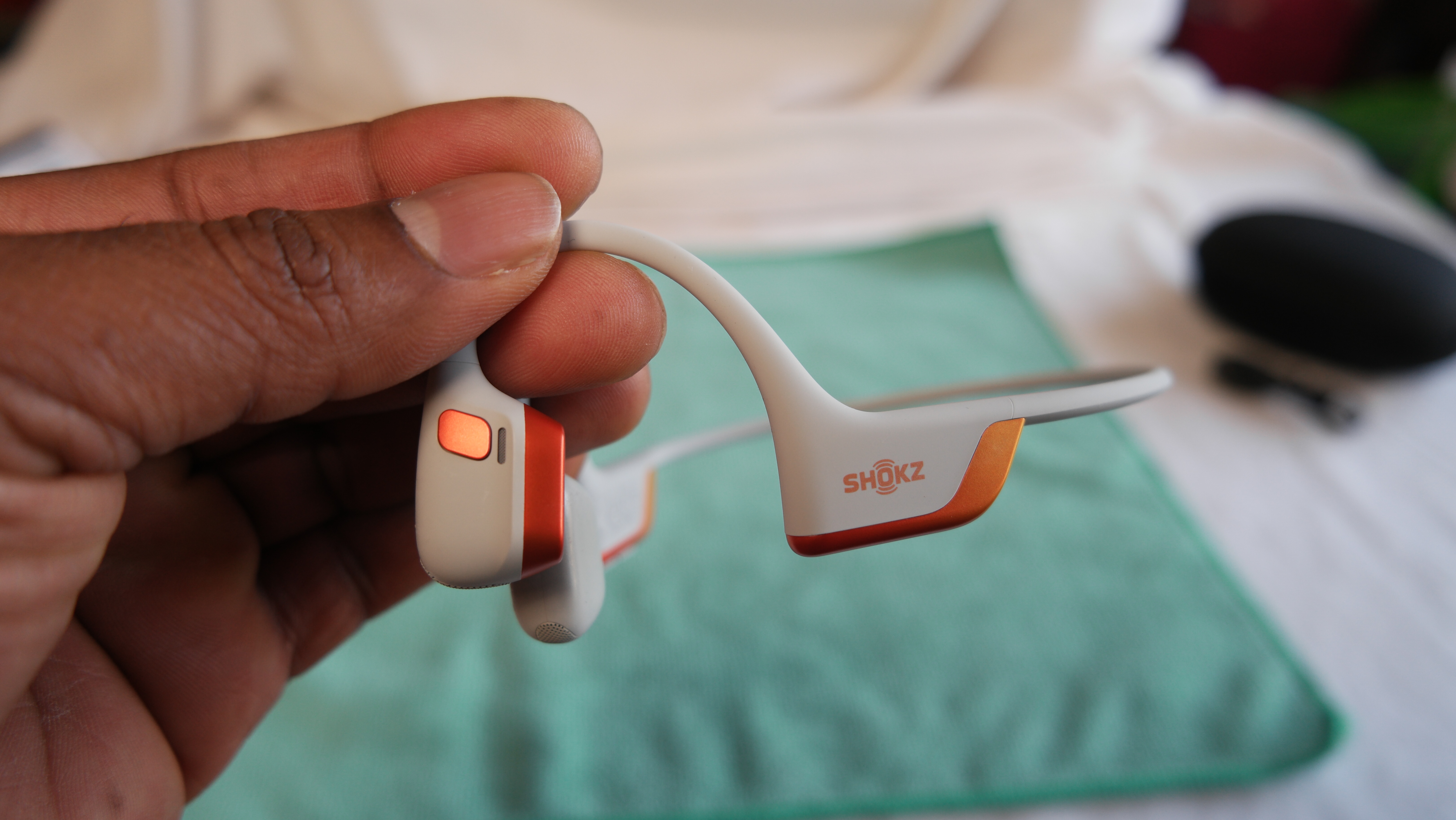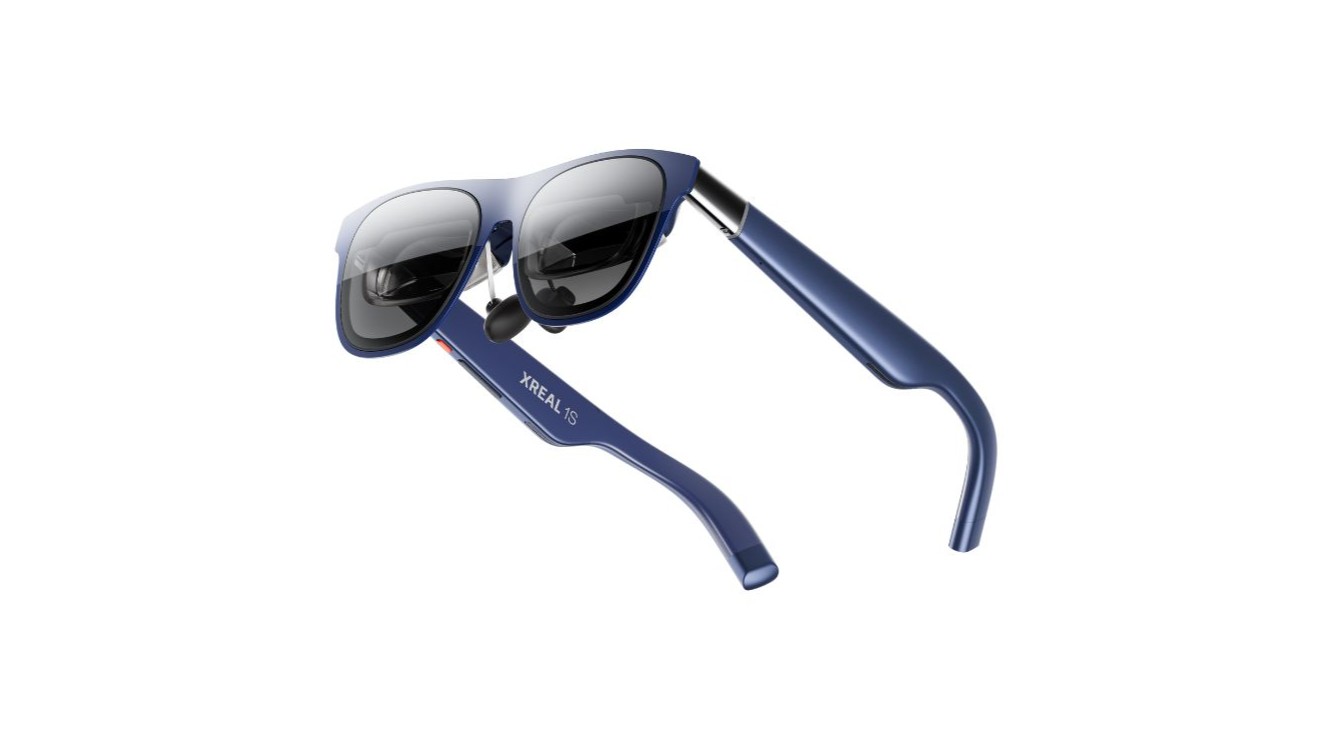Android Central Verdict
Upgraded drivers and sonic technology make Shokz's latest generation of running-focused bone-conduction headphones a solid contender in the market. The Shokz OpenRun Pro 2 is a solid upgrade over the previous generation and gets a lot right! It's definitely worth checking out if you need bone-conduction or open-ear sound.
Pros
- +
Build quality
- +
Improved sound, specifically bass
- +
No more aggressive vibrations
- +
In-app EQ options
Cons
- -
Pricey
- -
Bass lovers look elsewhere
Why you can trust Android Central
When we’re talking about open-ear earbuds, there are two categories of products: traditional speaker earbuds and bone-conduction headphones/earbuds. Shokz has long been one of the market leaders in the latter, but there are compromises with bone conduction headphones that Shokz has been working to overcome with their speaker technology, specifically TurboPitch.
The problem with the transducers Shokz used in the previous generation of OpenRun Pro was that they sat on your jaw and had very energetic vibrations, making TurboPitch a polarizing feature over pure bone conduction earbuds/headphones.
With the OpenRun Pro 2, Shokz introduced their DualPitch technology, which builds on the lessons learned with previous generation Shokz bone conduction products. I have to say, lesson learned! Let's get into that.
| Category | Shokz OpenRun Pro 2 |
|---|---|
| Connectivity | Bluetooth 5.3 |
| Codec Support | SBC |
| Battery life | 10-12 hours, 5 minute quick charge for 2.5 hours playback |
| Charging | USB-C |
| App support | Anrdoid, iOS |
| Durability | IP55 |
| Color | Black, Orange, Eliud Kipchoge collab |
Out With the Old, TurboPitch
The open-ear market segment has been expanding over the last couple of years, and that’s a good thing! With that expansion comes greater consumer choice, which forces companies to innovate to stay with or ahead of the competition. And that’s what Shokz has done with the OpenRun Pro 2.
They’re available for $180 from Shokz, Amazon, and many brick-and-mortar stores that cater to outdoor athletes in black or orange. The black colorway is easier to find in stores than the orange. Shokz also recently released a white collaboration with world-renowned Kenyan marathoner Eliud Kipchoge , with glossy gradient orange and gold accents and trim.
When it comes to the TurboPitch technology and some of the things that come with it, I’m happy to report that this year’s OpenRun series has greatly improved in that area with the introduction of DualPitch technology. This adds new non-bone conduction speakers and compliments the bone conduction transducers by making the sound richer without excess vibrations on your face.
There is minimal perceptible vibration from the DualPitch air conduction driver units in the Shokz OpenRun Pro 2. Bass-heavy tracks with the volume cranked up occasionally give you some light vibration, but not to the extent of previous generation Shokz products with the TurboPitch technology.
Get the latest news from Android Central, your trusted companion in the world of Android
So, what is DualPitch, anyway? The simplest explanation is that bone conduction technology passes vibrations through your bones so that your auditory structures can pick them up, and you experience "sound." The problem with this conduction method is that almost no bass frequency is passed to you. To solve that problem, Shokz places a separate conventional driver unit inside the earbuds to add those low frequencies back into the mix. That additional unit is their "DualPitch."
Bone-conduction With Better Bass
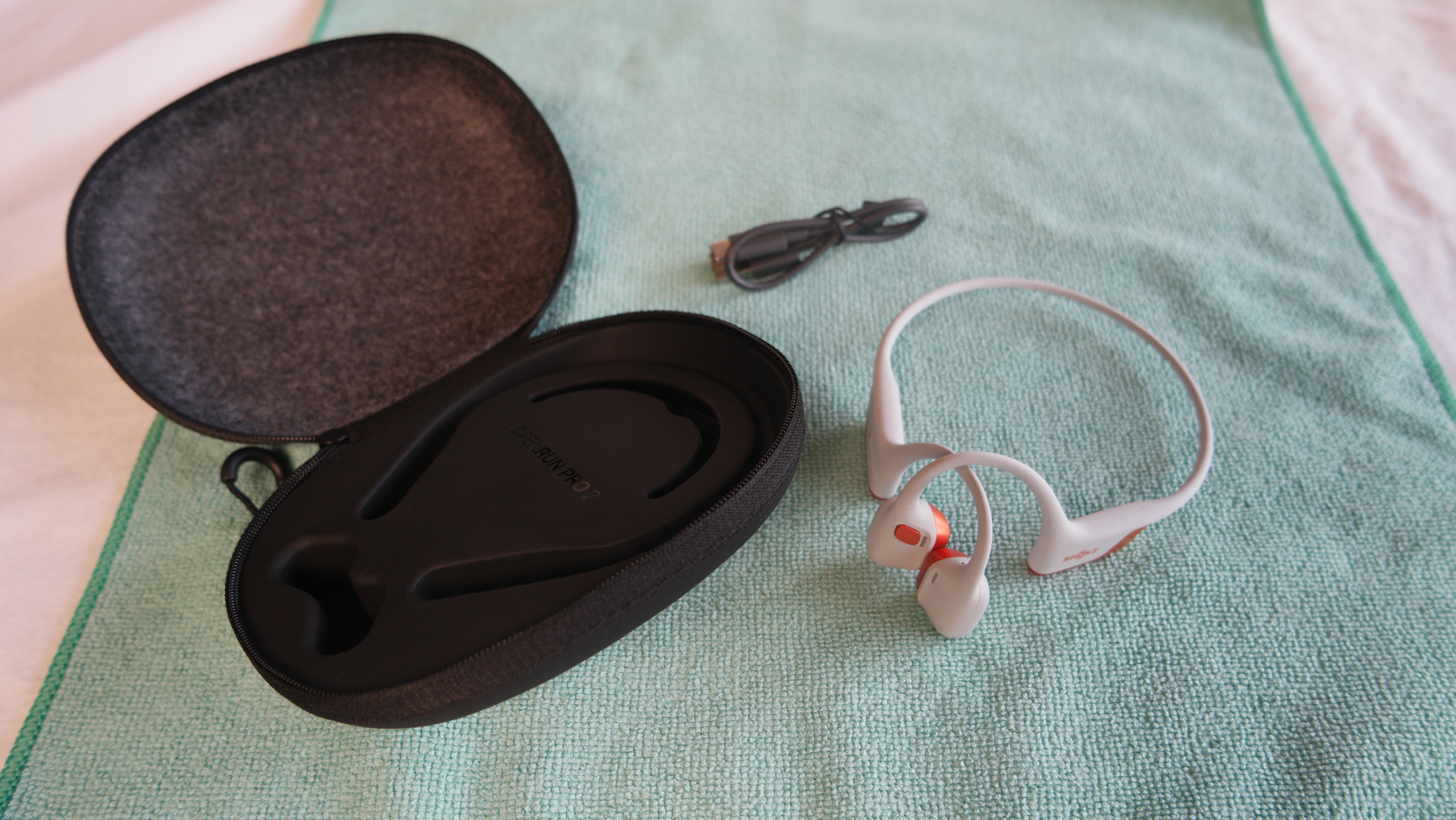
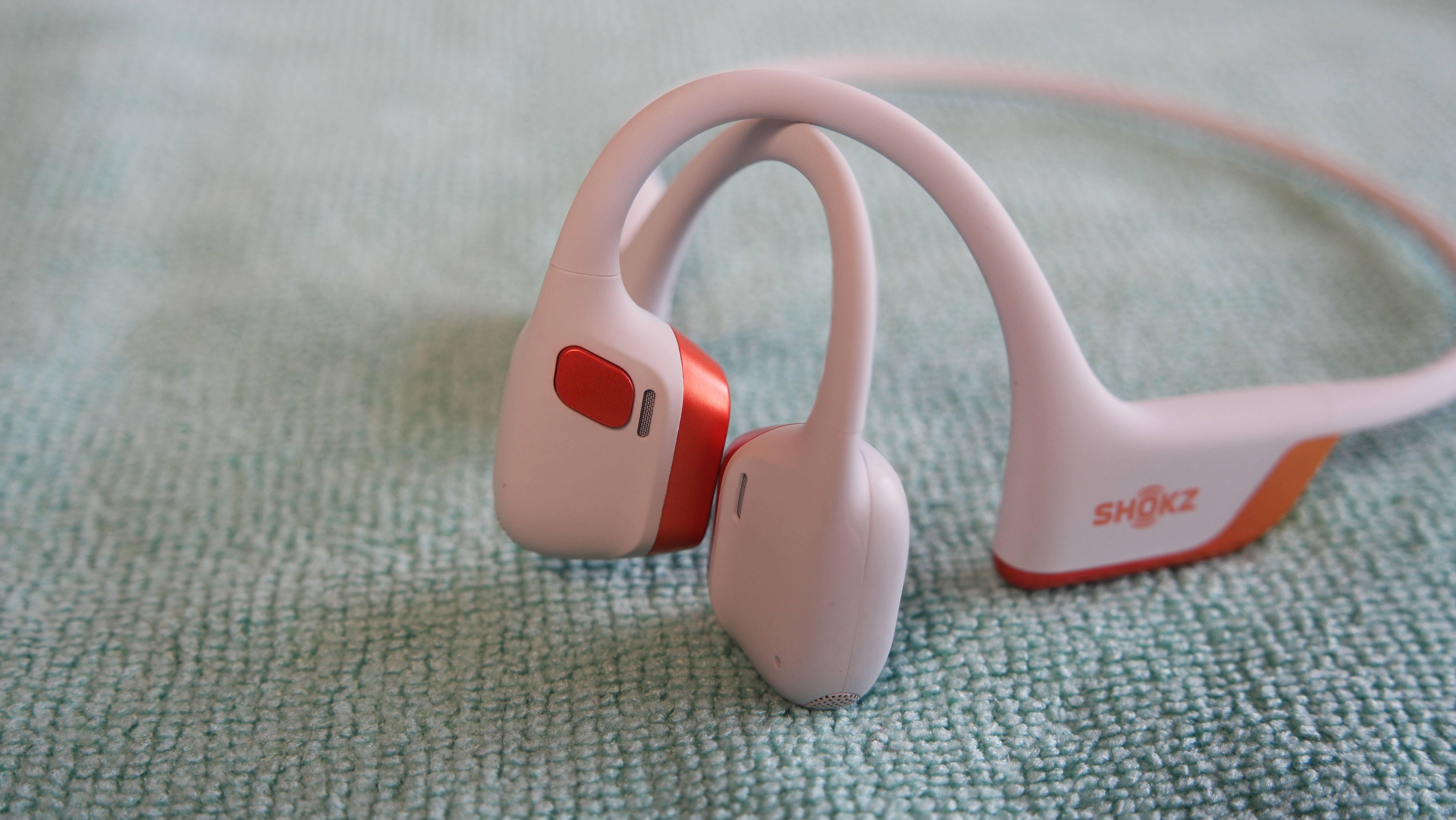
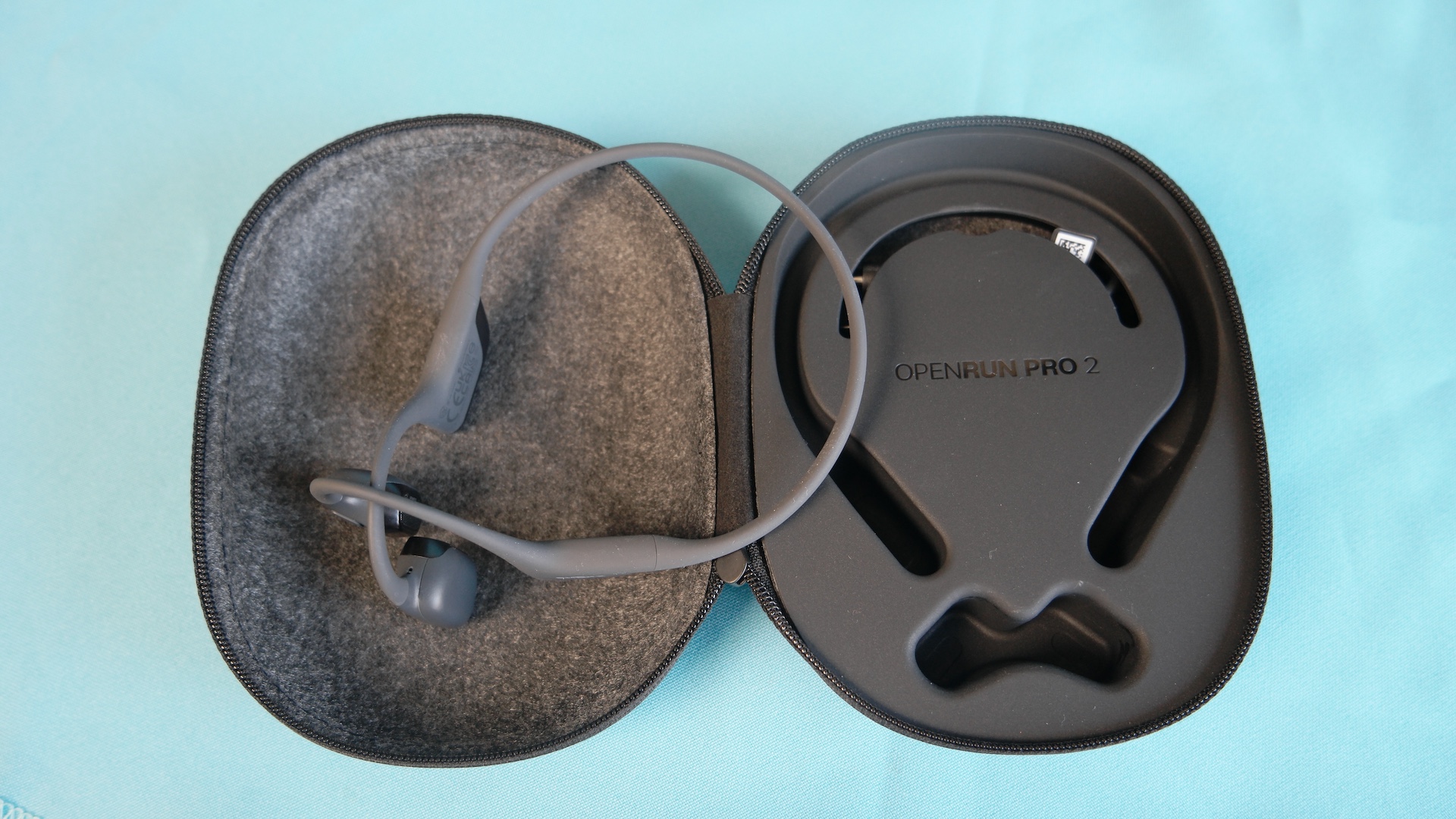
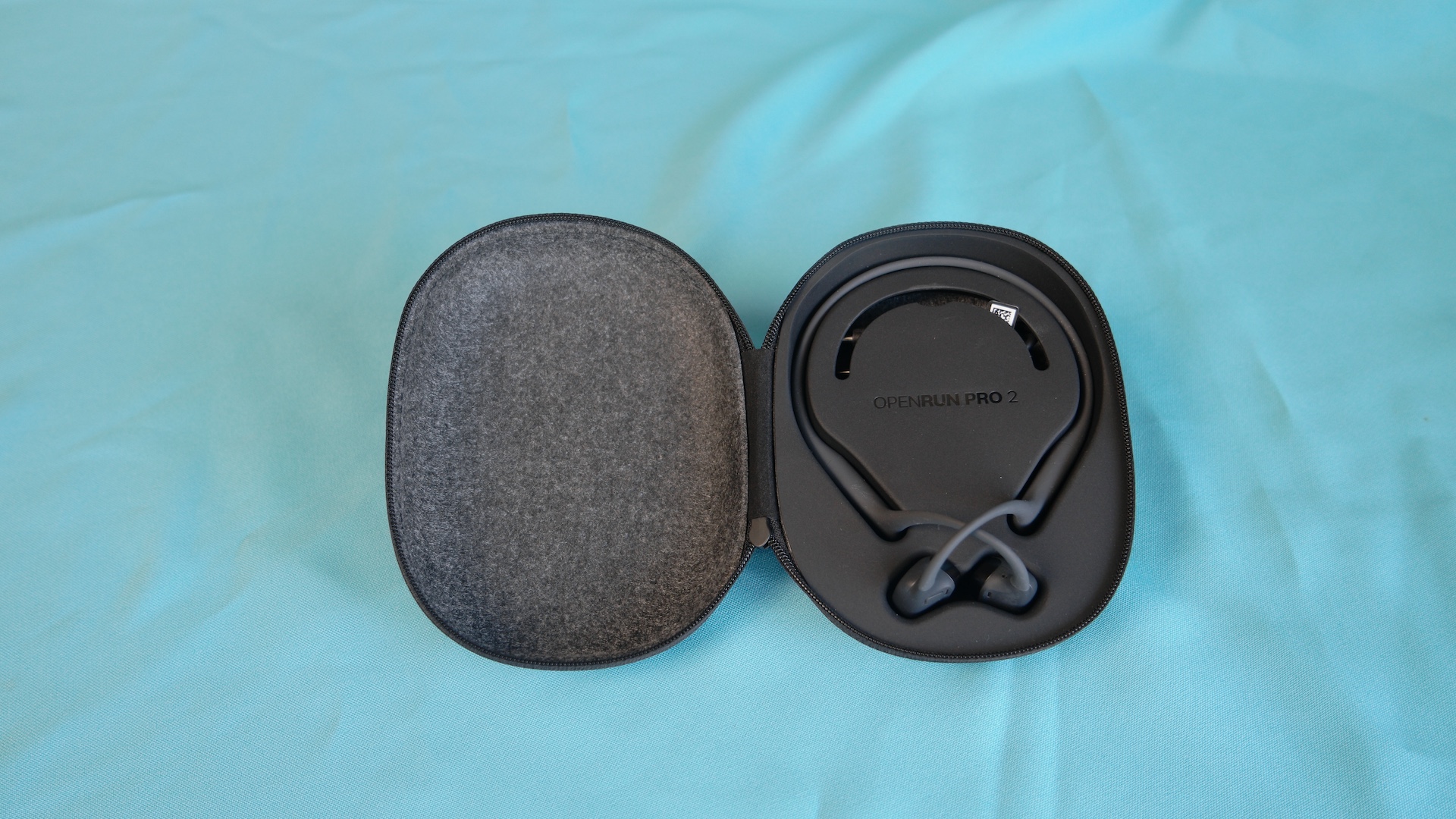
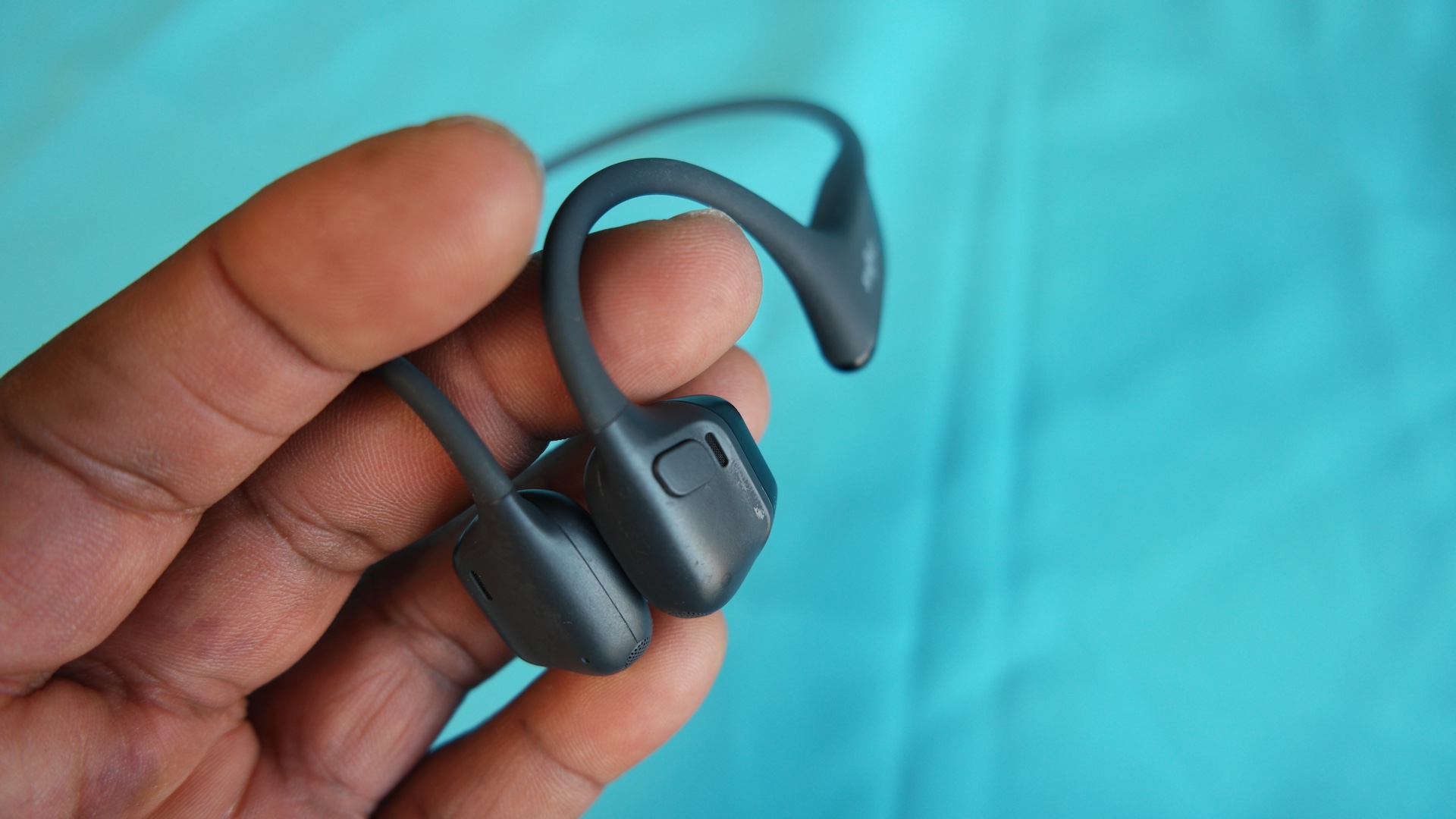
So, that’s a little bit of background, but how do they sound? Really good! Bass heads won’t love the flatter sound signature, but products like these serve a very specific purpose, which I think makes up for that. I listened through multiple playlists while walking or running intervals on peaceful residential neighborhood backstreets and busy urban avenues.
The soundstage when listening to “Diamonds on the Souls of Her Shoes” isn’t expansive, but Ladysmith Black Mombazo’s a capella and Paul Simon’s vocals sound really good. Listening to Charles Mingus’ “Moanin’” shows just how solid the sound separation produced by the OpenRun Pro 2 is. The reproduction of instrumentation staged at various locations in the sound field is really good, considering some of the limitations of the technology, which DualPitch augments.
Listening to Skrillex’s “Mumbai Place,” you can hear how this setup handles bass and sub-bass. The bass is light but present, and the sub-bass gets compromised, but the vibrations present in previous generation Shokz TurboPitch-enabled devices aren’t present. The overall sound is robust enough for your triathlon training, training runs, and dynamic workouts. It's also solid for those who don’t like something sitting in their ear canals and are searching for an open-ear product.
I also watched some long-form content, specifically “Blue Eye Samurai,” and the movie’s dialogue and sound design were both enjoyable and immersive. Fight scenes with all of their foley and that surround sound design are well presented and immersive. Sound separation when listening to film content is solid, like music. Your podcasts and long-form TikToks or IG Reels will come through clear and full.
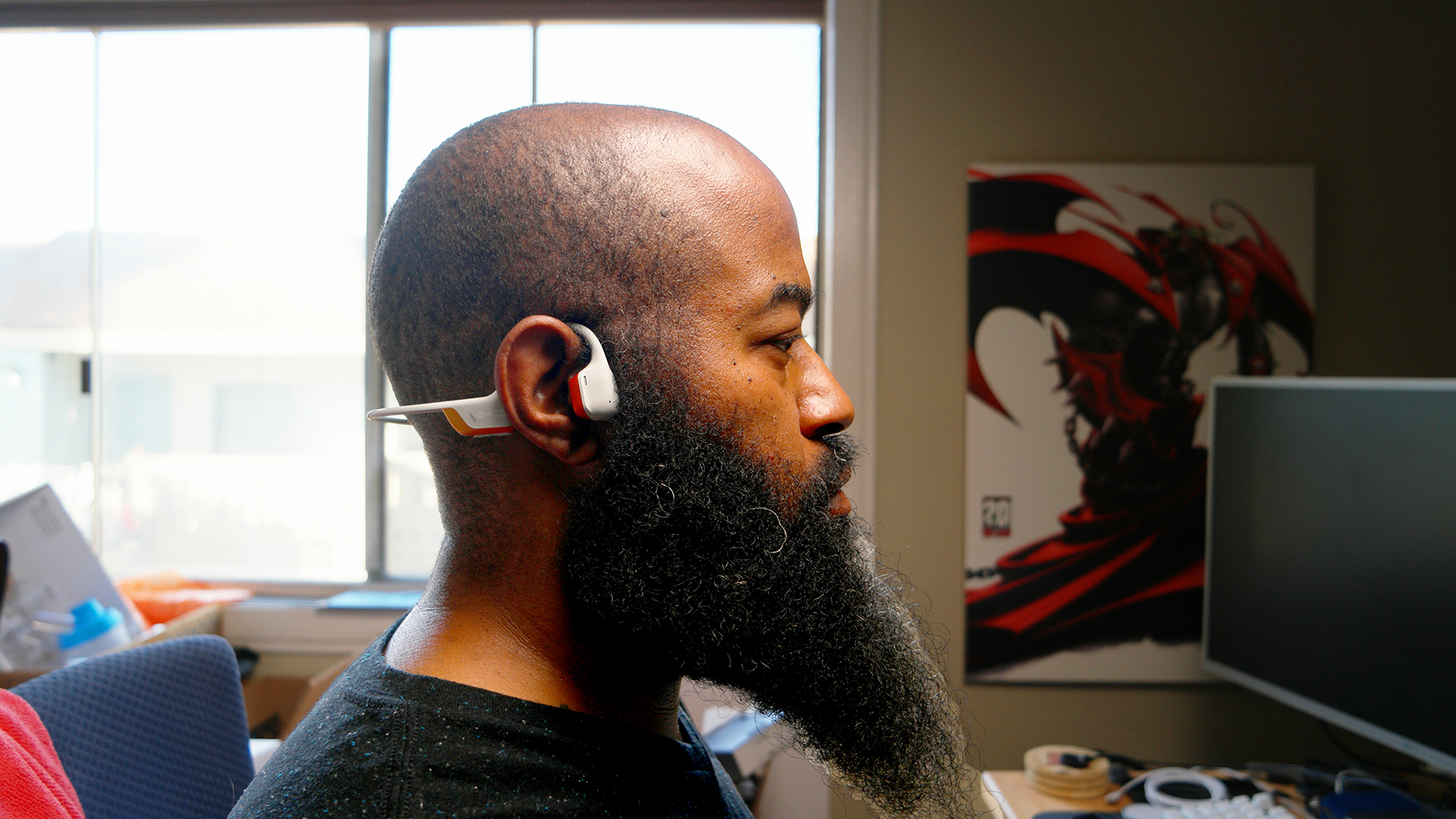
One of the primary reasons people like Shokz and their OpenRun series is their locked-in feel. That continues with the OpenRun Pro 2! Without feeling like you have your head in a vice, the wraparound neckband helps keep everything in place. Because of the thin wires connecting everything, the OpenRun 2 feels great when wearing a bicycle helmet, hat, or glasses.
The other aspect of Shokz OpenRun Pro 2 that I like is the companion app. Let’s be clear: it’s pretty basic, but that isn’t a bad thing. You get four EQ presets to customize the sound to your liking and the ability to customize the sound yourself with a 5-band EQ that you can name and save. You also get multipoint pairing in the app, which works quite well. You have to pause to play music or media on your second device when you’re listening to the first one, but that’s standard for multipoint setups. I’ve only used one that switches sources on its own seamlessly.
You should also know that call quality is solid for the most part. I tested call quality while out for a walk during rush hour traffic, and it sounded pretty good! I recorded some audio in my office, which also sounded pretty good. On one call, though, my wife said I sounded like I was in a tunnel.
Well Executed Controls, Faster Charging
The controls are very easy to manipulate, even when your hands are sweaty wet. On the underside of one of the frames for the transducers is where you'll find the power and volume buttons. You'll find the multifunction button on the frame where the transducer lies, which controls device functions like play/pause, track skipping, calling, and more. It's clicky and tactile and large enough to activate easily and consistently.
You'll also find the USB-C charge port on the ear frame. It's a port protected by a flap that seals tightly enough that the inside stayed dry when I ran water over it. That part is an important update as older Shokz used magnetic charging ports, which were slower to charge you back up if you drained that battery. That would be an even tougher thing to do now that the battery is rated for 12 hours instead of eight.
The USB-C charge port is also a good thing because from dead, you'll get more than 50% charge in ten minutes of USB-C charging. Five minutes gets you roughly 2.5 hours of music playback.
The trade-off with the updated charging is decreased water resistance from the standard OpenRun product. I know this is a result of losing the magnetic charge port, but the OpenRun Pro 2 has decreased durability (IP55) from the OpenRun, which is IP67. That means you can withstand sweat and some light rain but get pushed into a swimming pool or try showering with them on and bye-bye earbuds.
Some Suggestions For the OpenRun Pro 3
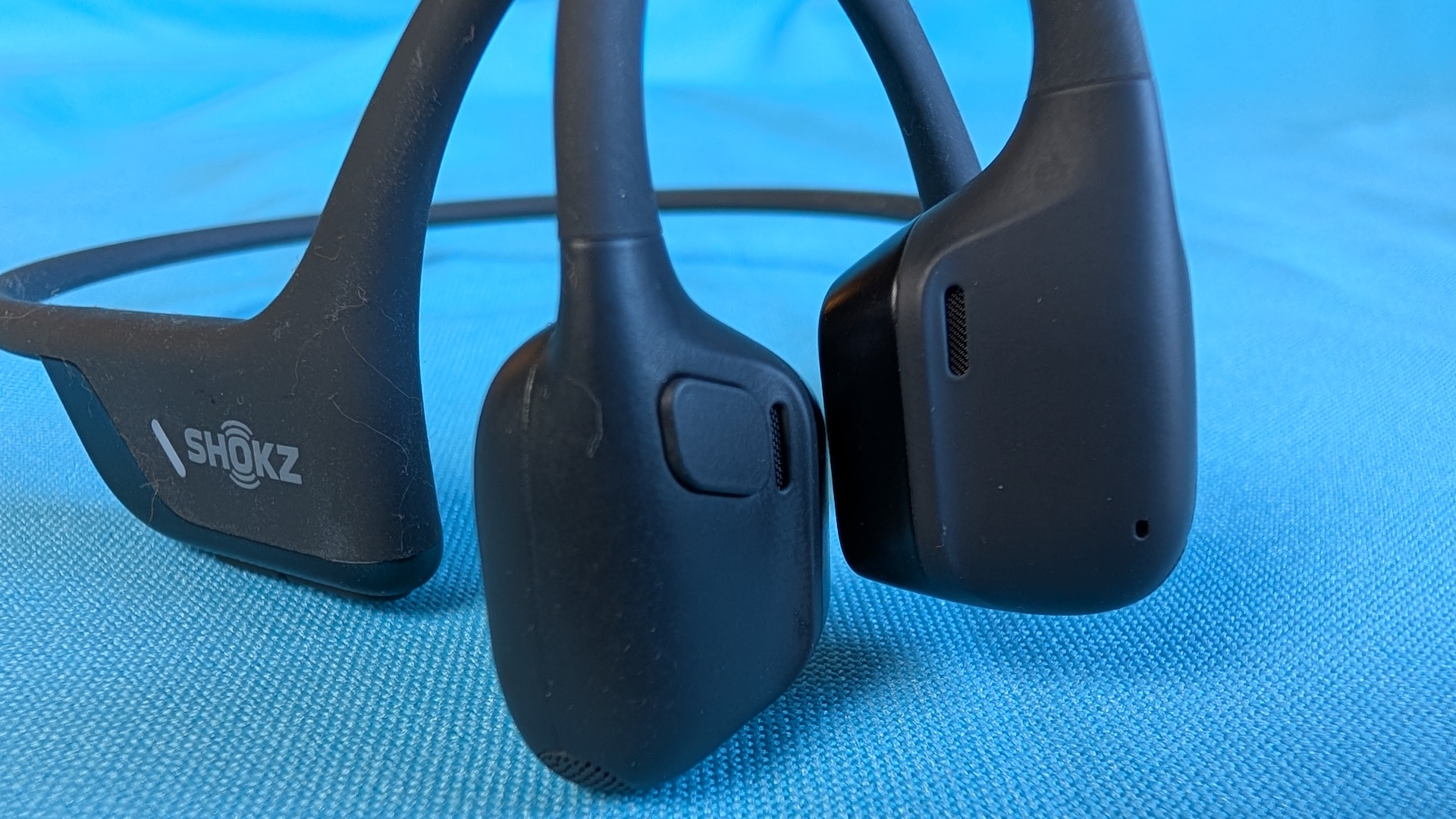
All that glitters isn’t gold, so there are some items that I think could use some improvement. The power output is low, so you must crank the volume up on your listening source. I found this true with an Google Pixel 9 and iPhone 15 Pro Max.
I’ve found that with open-ear products, having Hi-Res support does make a difference. The additional dynamic range of files with greater data transmission than the SBC and AAC Bluetooth audio codecs allow, which Shokz OpenRun Pro 2 doesn't support, often makes for audio that is a bit more audible at low volumes.
Another item I’d like to see in the next version of OpenRun Pro is the EQ settings being saved to the headset. When I switch between my Android and iOS devices, the EQ settings I have on Android aren’t shown in the iOS Shokz app. I want ubiquitous EQ configuration.
The only fit and comfort issue anyone will encounter will surface the first time they hit the iron. With the wrap-around headband, when you settle in for any bench work, bench press, dumbbell flys, etc., you’ll have to reposition the OpenRun 2 so they don’t get in the way.
Worthy of Consideration
Shokz OpenRun Pro 2 are their best bone-conduction headphones yet! They’re lightweight, supremely comfortable, and durable enough to meet their intended purpose. They are a wonderful improvement over the last generation, and most importantly, they provide solid sound for something that doesn’t sit inside your ear canal.
If you run, ride, or engage in really dynamic workouts and want something that feels like a 6.0-magnitude earthquake couldn’t knock them out of your ears, these should be at the top of your list.
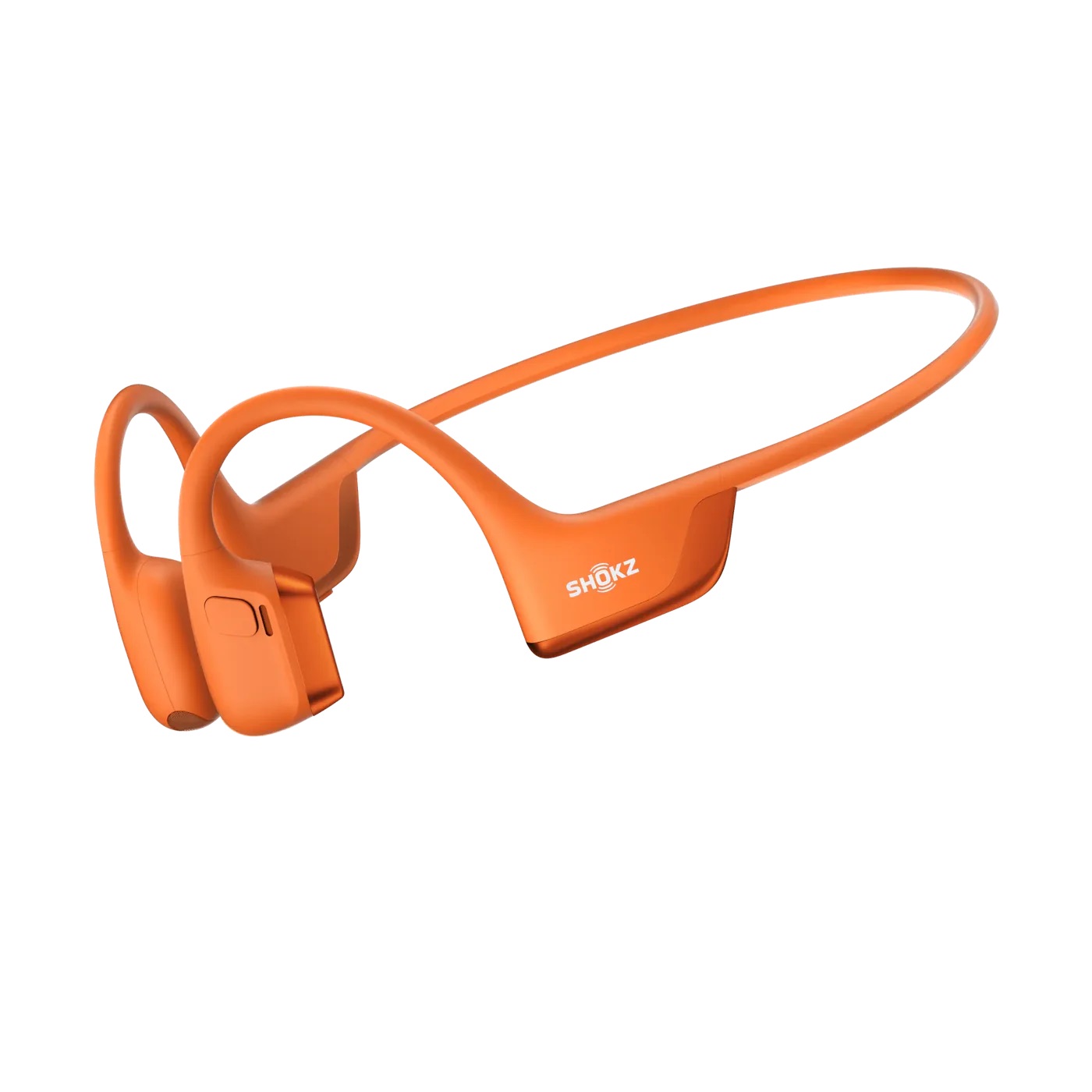
Better sounds, safe exercise!
Improved sound, better bass, and DualPitch technology make the Shokz OpenRun Pro 2 a worthy piece of kit to help power your seriously sweaty indoor, and outdoor exploits.
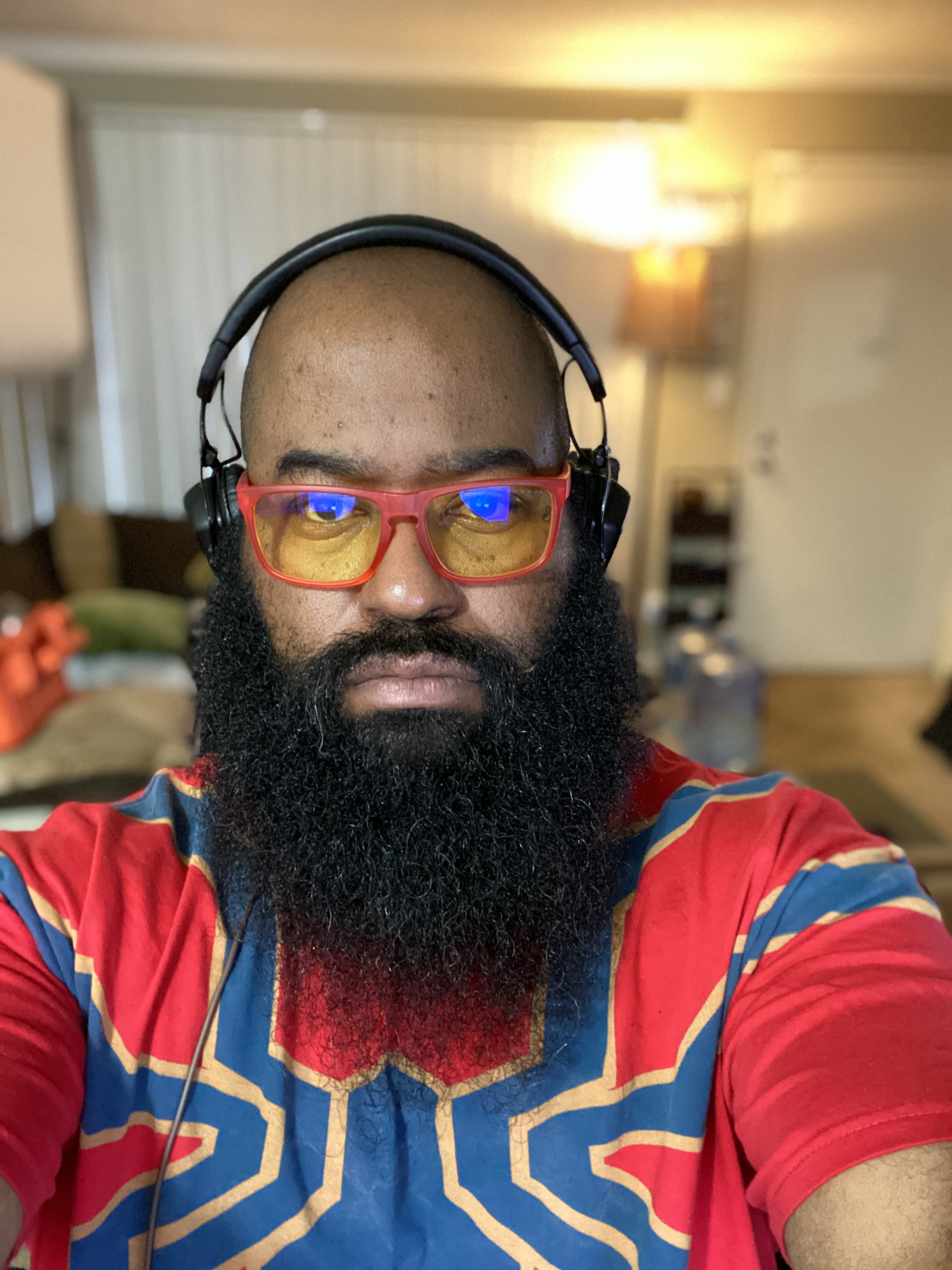
Tshaka Armstrong is a nerd. Co-Founder of the non-profit digital literacy organization, Digital Shepherds, he’s also been a broadcast technology reporter, writer and producer. In addition to being an award-winning broadcast storyteller, he’s also covered tech online and in print for everything from paintball gear technology, to parenting gadgets, and film industry tech for Rotten Tomatoes. In addition to writing for Android Central, he’s a video contributor for Android Central and posts everything else to his own YouTube channel and socials. He blathers on about his many curiosities on social media everywhere as @tshakaarmstrong.
You must confirm your public display name before commenting
Please logout and then login again, you will then be prompted to enter your display name.
